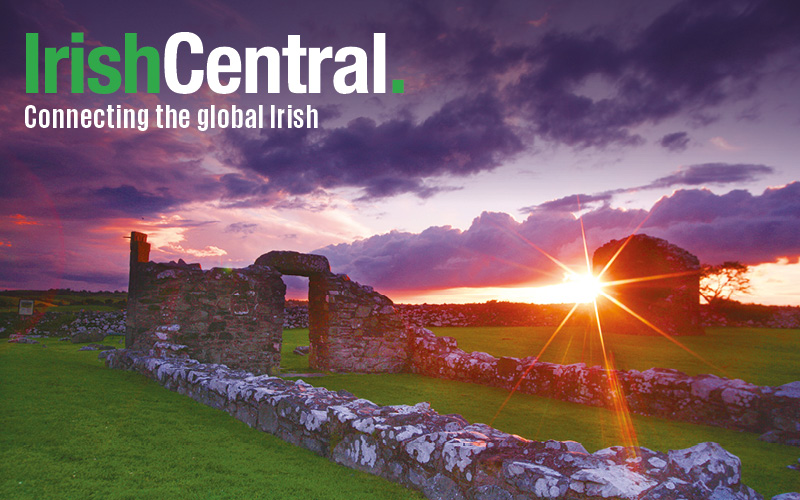Earlier this month, Edward Cardinal Egan died at the age of 82, and it was important to remember what a difficult task Egan was charged with.
By that, I don’t mean that he was charged with the necessary but unpleasant task of getting the archdiocese’s fiscal house in order. The even more difficult task Egan faced was replacing John Cardinal O’Connor, who – though Philadelphia-born – became part of the New York City fabric in a way Egan never really did or possibly could.
A few days after Egan’s death, a number of prominent New York Catholics gathered at the Madison Room in Midtown Manhattan to announce a bold new religious initiative.
“With Timothy Cardinal Dolan in attendance, more than 100 of these lay Catholic leaders — including Alfred Kelly Jr., former president of American Express and president/CEO of the 2014 NY/NJ Super Bowl; Samuel Di Piazza Jr., chairman of the Mayo Clinic and former CEO of PricewaterhouseCoopers; and Al Smith IV, CEO of A.E. Smith Associates and great-grandson of the first Catholic to run for president on a major-party ticket — announced a new political action committee. "It’s called Catholics Count, and it aims to support a Catholic school system that, despite the heroic work it does, is too often dissed by the state’s political class,” William McGurn reported afterwards in the New York Post.
Without question, New York’s Catholic schools indeed do “heroic” work. The same can be said for countless priests, nuns and faithful volunteers, who – amidst the horror of sexual abuse revelations and declining school and church attendance – have quietly gone about the task of serving the poor and needy.
It is also important, I think, for groups like Catholics Count to stand up and remind political leaders that Catholics remain a sizable and influential voting bloc, especially in certain pockets of large cities (where Irish- and Italian-Americans remain in substantial numbers) and their surrounding suburbs.
But a big question remains: What exactly does it mean to be Catholic?
Consider this compliment McGurn paid to the church in the Post: “In New York’s inner-city Catholic schools, 65 percent of students are below the poverty rate. Many aren’t even Catholic.”
That phrase reveals a whole lot more than it intends to. It leads us to a much larger question about Catholicism in America in the 21st century. Because the fact of the matter remains that many Catholics are not even Catholic, at least as far as following some of the rules church leaders have chosen to emphasize.
Pope Francis – a “revolutionary” in the eyes of at least some of his admirers (and for that matter critics) – has been leading the church for two years now. It is fair to start asking some hard questions about what has substantively changed in those two years, and what we can expect from the rest of his papacy.
Many were disappointed by recent comments Pope Francis made to a Mexican TV station.
"I have the feeling that my pontificate will be brief: four or five years; I do not know, even two or three. Two have already passed,” he said.
Francis has undoubtedly been a breath of fresh air, but there is wide disagreement over whether be has been much more than that.
In a fascinating new book entitled "The Future of the Catholic Church with Pope Francis," respected Catholic and scholar Garry Wills reminds us that change is – and has always been – a natural and important part of the church.
“The church outlasted things that seemed to undermine it – not because it was unaffected by these transitory things, but because it joined them, drew on other sources, and lived to adopt different new things,” writes Wills.
In the short amount of time he has left as pope, will Pope Francis propose any kind of substantive or radical change? We can content ourselves breathing in all of Francis’ fresh air.
But what we may not realize is that the window of opportunity may well be closing.
* Contact [email protected].




Comments